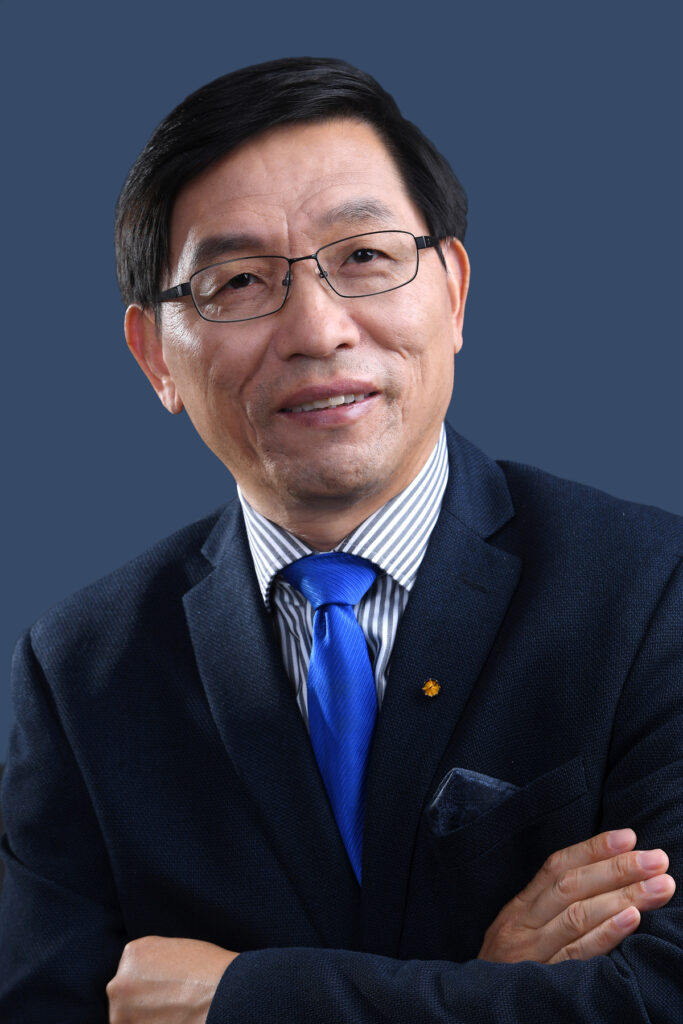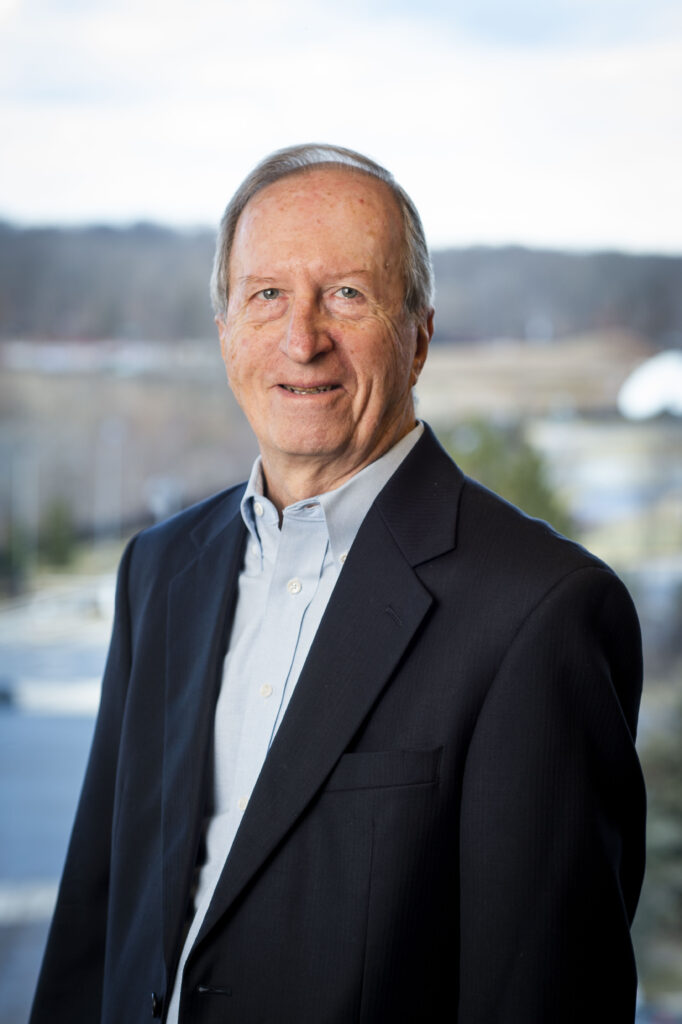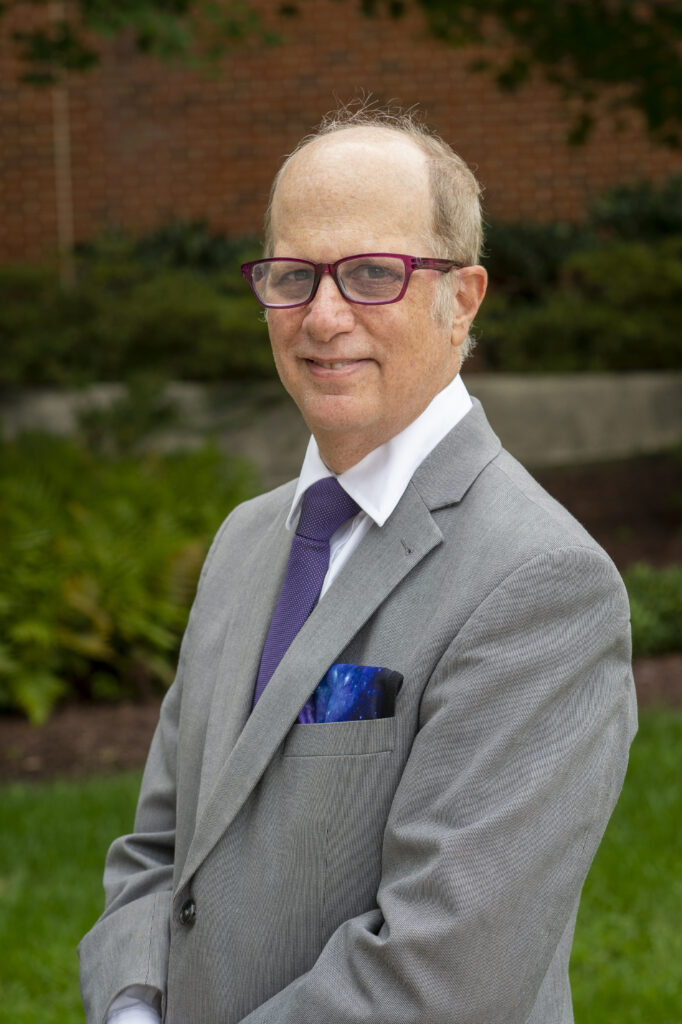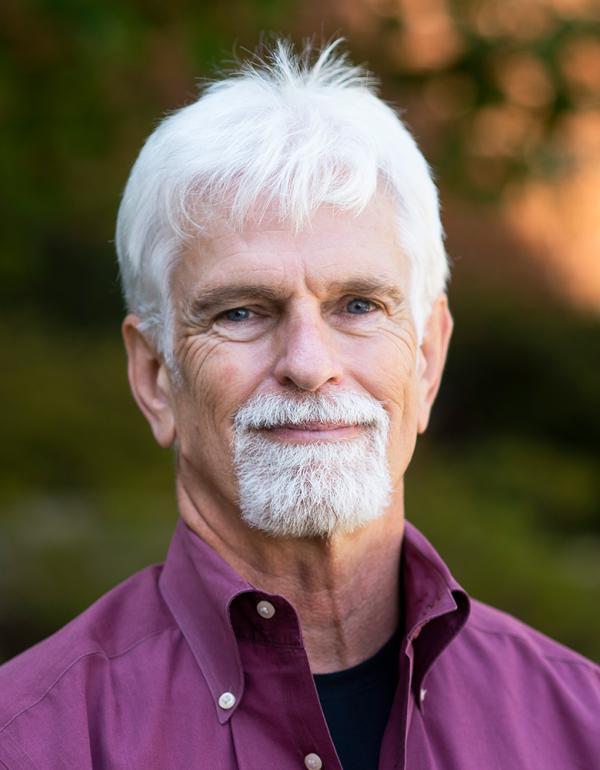In the newly released 2022 Top Scientist rankings by Research.com, 18 University of Maryland researchers ranked among the Top 1,000 Environmental Sciences researchers in the United States, and seven ranked among the Top 1,000 worldwide. Of those 18 UMD scientists, 6 are ESSIC scientists.
The rankings take into account h-index (a measure which reflects the number of influential documents authored by scientists), publications and citations values collected in December 2021. According to Research.com, the goal of their rankings is to “inspire scholars, entrepreneurs, and decision-makers worldwide to explore where leading experts are heading and to provide an opportunity for the entire scientific community to discover who the leading experts in specific fields of research, in different countries, or even within research institutions are.”
Congratulations to Zhanqing Li, Bob Adler, Ross Salawitch, Russ Dickerson, Eugenia Kalnay, and Can Li! Read about their work and career below.

Professor Zhanqing Li: #96 (World), #53 (US)
Zhanqing Li is a professor at the University of Maryland, College Park, MD, USA. He received the Ph.D. degree at McGill University, Canada, in 1991. His research interests include remote sensing, atmospheric physics and chemitry, climate and environment focusing on aerosol, cloud, radiation budget, and precipitation. He has authored over 380 peer-reviewed papers and ranked as the top 0.1% most highly cited researchers in the world by the Web of Science. Dr. Li is a fellow of AMS, AGU, and AAAS. He received a dozen of awards in United States, Canada, and Germany. He has served as an Editor of Journal of Geophysical Research – Atmosphere (2013-2020) and the Atmospheric Chemistry and Physics (since 2020). He has served on numerous committees such as the Board on Atmospheric Sciences and Climate of the US National Academies of Sciences, Engineering and Medicine and the Atmospheric Observation Panel for Climate of the World Meteorological Organization, and numerous US committees.

Senior Research Scientist Robert F. Adler: #241 (World), #128 (US)
Robert Adler is a Senior Research Scientist since 2008 in the Earth System Science Interdisciplinary Center (ESSIC) at the University of Maryland, College Park, after a 35-year career at NASA Goddard. He received his B.S. and M.S. from The Pennsylvania State University in 1965 and 1967 and his Ph.D. from Colorado State University in 1974. He is a Distinguished Alumnus of the CSU Atmospheric Science Department and a Fellow of the American Meteorological Society. He has also received the NASA Goddard William Nordberg Award for Earth Science, the NASA Outstanding Leadership Medal, and the NASA Exceptional Scientific Achievement Medal. Dr. Adler’s research focuses on the analysis of precipitation observations from space on global and regional scales. He studies precipitation variations in relation to phenomena such as El Nino/Southern Oscillation (ENSO), volcanoes and tropical cyclones, as well as longer, inter-decadal changes and trends. He served as NASA’s Tropical Rainfall Measuring Mission (TRMM) Project Scientist, headed the Global Precipitation Climatology Project (GPCP) of the World Climate Research Program (WCRP) and is one of the developers of multi-satellite precipitation analyses, providing ~3-hr, quasi-global rainfall information that his group has applied to analyze precipitation extremes, floods and landslides on a global scale. Dr. Adler has published over 170 papers in scientific journals on these topics.

Professor Ross J. Salawitch: #611 (World), #315 (US)
Ross Salawitch is a Professor in the Department of Atmospheric & Oceanic Science and the Department of Chemistry and Biochemistry. He came to UMD and ESSIC in 2007, after having worked at the NASA Jet Propulsion Laboratory in Pasadena, CA. His research focuses on quantification of the effects of human activity on atmospheric composition. Major topics of current interest are stratospheric ozone depletion and recovery, air quality, climate change, and the global carbon cycle. For more information, please visit his group webpage.

Professor Russell R. Dickerson: #762 (World), #385 (US)
Russell Dickerson is an atmospheric chemist in the AOSC Department and the ESSIC Earth System Modeling (EaSM) group. His research focuses on measuring and numerically simulating greenhouse gases as well as improving our understanding of air quality and the composition of the atmosphere based on campaign measurements, satellite observations, and numerical models.

Distinguished University Professor Eugenia Kalnay: #1086 (World) #527 (US)
Eugenia Kalnay is a Distinguished University Professor with ESSIC, Atmospheric and Oceanic Sciences, Civil and Environmental Engineering, and Mechanical Engineering. Current research interests of Kalnay are in numerical weather prediction, data assimilation, predictability and ensemble forecasting, coupled ocean-atmosphere modeling, climate change, and sustainability. She has also published several highly cited papers on the need to model the bidirectional coupling that exists between the Human and the Earth Systems.

Research Scientist Can Li: #1885 (World), #876 (US)
Can Li is a Research Scientist at ESSIC. He is also affiliated with the Atmospheric Chemistry and Dynamics Laboratory at NASA Goddard Space Flight Center. He received his BS (Chemistry) and MS (Environmental Science) from Peking University and his PhD (Atmospheric and Oceanic Science) from the University of Maryland. Dr. Li’s research is primarily concerned with air pollution, in particular satellite remote sensing of pollutant gases.He currently leads NASA’s standard sulfur dioxide products from the Ozone Monitoring Instrument (OMI) and the Ozone Mapping and Profiler Suite (OMPS). Dr. Li has authored or co-authored about 70 journal papers and has been recognized with several awards, including the NASA Exceptional Public Achievement Medal and the Robert H. Goddard Award in Science.






